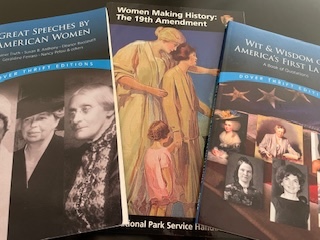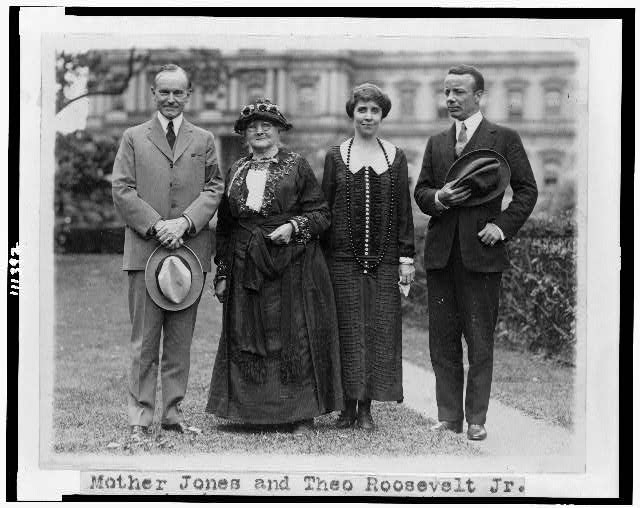April 2022
Launching my book was exhilarating and, surprisingly, exhausting. I had no idea how busy I would be, but I am tremendously grateful for all the support. Thank you for reading, showing up for events and posting reviews on Goodreads and Amazon.
Having a book release on the first day of Women’s History Month dropped me into the thick of book roundups and discussion groups where history is examined to see how women have contributed in the past. Important as that is, we now have a real life, real time example of women’s contributions. No retrospection required.
I’m speaking, of course, about Ukraine. On the news we see women sheltering in basements and subway tunnels where some are forced to give birth in damp and acrid air. Or in maternity hospitals wrecked by Russian bombs. Women trudge through debris laden streets to train depots hoping to find safe passage for themselves, their children and their elderly parents. Other women stay and risk their lives. Some make Molotov cocktails, others become soldiers. We don’t know the names of most of these women, but we do know some, and it is to them I want to draw your attention.
I first saw Oksana Markarova, Ukraine’s ambassador to the United States, at the State of the Union Address where she stood and clutched her heart as President Biden promised support. When she first arrived in Washington, she might have thought economic development would be her priority, since she used to be Ukraine’s Finance Minister, but then the world shifted. Now she must work every diplomatic channel and wrangle every angle if her country is to survive.
Ukraine’s Parliament has a fair representation of women members, 21% compared to our 27% (House and Senate seats combined). Inna Sovsun, a native of Kharkiv and a member of Parliament, highlights women’s role in the Ukrainian military where they account for about 22% of the soldiers, compared to our 16% across all U.S. service branches. She made news by tweeting out a video of a woman in combat gear trash talking Russian soldiers. “Our girls’ balls are harder than yours,” the soldier said, before giving a big wink.
In a war zone, all journalists encounter incredibly high risks, but few embrace the job as boldly as Alya Shandra. Six months pregnant and already the mother of two, Alya chose to stay in Ukraine to report what she sees. She could have chosen safety in Germany, where her children are now living with her husband’s parents, but she is far too committed to her work. As editor-in-chief of Euromaidan Press, she has been confronting Russian disinformation since 2014, when ousted President Viktor Yanukovych fled to Russia. From Kyiv she writes, “Don’t think that this will not come to you. Evil, if it is not stopped, will grow.”
Then there is Olena Zelenska, wife of president Volodymyr Zelensky. We have seen presidential spouses play various roles – “mom in chief” and college professor among others. But no one in my lifetime, or maybe ever, has been a First Lady like Zelenska. As bombs drop on Kyiv, she tells the world what life is like for civilians trapped in a war and what she thinks other countries should do. In her past life, she was a screenwriter and Ukraine’s representative to the Biarritz Partnership for Gender Equality. But her current work propels her far beyond that initiative’s good intentions. Using both the official government website and her personal Instagram, she is one of her country’s most influential spokespersons.
These women and thousands of others should lead us to a new way of thinking about women’s history. We need only look straight ahead at the present to see women move history.




